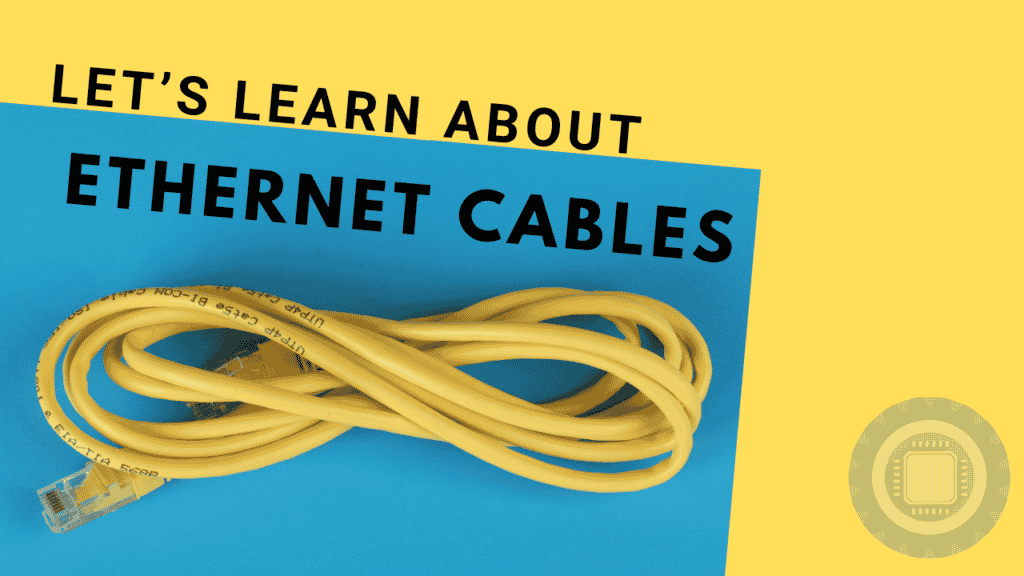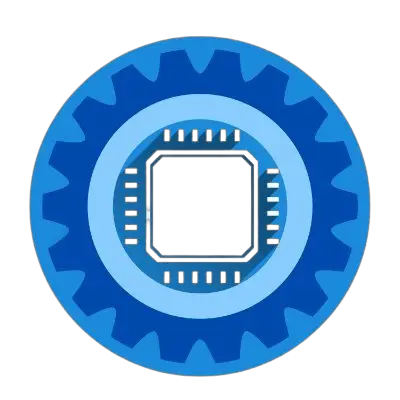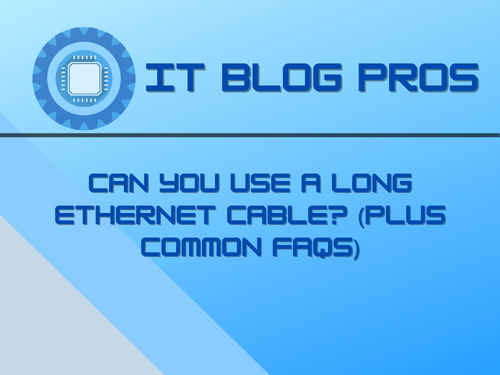Can you use a long Ethernet cable? In the modern world, virtually every broadband user connects to the internet. This makes it essential for you to know about Ethernet cables and how they work.
The only problem with this is that there are many different kinds of Ethernet cables available on the market today.
For example, a Cat5e cable will be more expensive than a Cat6 cable but offer better performance in terms of speed and reliability.
With all these choices out there it can be hard to make a decision as to which one is best for your needs.
In order to help you decide, we’ve created this guide where we go over everything you need to know about Ethernet cables including their uses, benefits, features and types.
Table of Contents
- Can I use a Long Ethernet Cable?
- Do long Ethernet cables reduce speed?
- Is a 25 foot Ethernet cable too long?
- Is a 50 ft Ethernet cable long enough?
- Is Ethernet faster than WIFI?
- Does length of Ethernet cable affect Ping?
- Is it bad to coil Ethernet cable?
- Why is Ethernet limited to 100 meters?
- What does RJ45 connector look like?
- How much does it cost to create an Ethernet Cable?
- In Summary

Can I use a Long Ethernet Cable?
Cables can only be a certain length. A cable’s length is not defined, but there are recommendations on how long it should be.
328 feet is the maximum length of Ethernet cables. Since some cables can reach over 328 ft without affecting your connection, they should be fine if they go over.
Ethernet cables come in a variety of versions, but each has a maximum distance of 100 meters (328 feet). As compared to Cat5e, Cat6, and Cat6a, Cat7 cable has harsher distance limitations.
Do long Ethernet cables reduce speed?
No, Ethernet cables do not reduce speed. In fact, Ethernet cables are faster and more stable than WiFi.
Is a 25 foot Ethernet cable too long?
Ethernet cables have a limit that cannot be exceeded without connectivity issues. The maximum length is 328 feet (100 meters) for copper twisted pair cables.
Cat5e, Cat6 and Cat6a cables come in a variety of versions with different specifications for each type.
These distances are measured from one end of the cable to the other and include any connectors or adapters on the ends.
Is a 50 ft Ethernet cable long enough?
Having worked with these cables myself, I would recommend the 50 foot ones. It won’t become problematic until the cable reaches a length greater than 100m.
If you have the option of making a cable the right length for a specific run, then it is always better than having excess cable lying around.
Is Ethernet faster than WIFI?
The advantages of using Ethernet usually outweigh those of Wi-Fi connections. Wi-Fi is more unstable and insecure than a hardwired Ethernet cable connection, even though WiFi has improved in both security and stability in recent years.
If you have the option of Ethernet and WiFi for a fixed piece of equipment or a project then it is almost always better to go with a hardwired physical Ethernet connection. Ethernet is faster and more stable than WiFi.
Does length of Ethernet cable affect Ping?
No it does not. The length of Ethernet cables do not affect the ping time or latency of a data transmission.
Is it bad to coil Ethernet cable?
In this manner, LAN cables are perfectly safe to be rolled up. Despite the possibility of a (small) problem in theory, I’ve never experienced it, and others haven’t either. Because of the twisted pair construction, inductive effects are almost entirely eliminated in the coils.
If you coil an Ethernet cable around a high voltage cable or a fluorescent light fixture then you will experience connectivity problems or even out right losses in connection all together .
But if this does happen, it’s because the cable length is too long, or there are other factors such as a bad Ethernet card in your computer.
If you coil Ethernet cables around high voltage cables or fluorescent lights etc then connectivity problems and losses in connection will be experienced.
Why is Ethernet limited to 100 meters?
Twisted pair cable can only be used at a distance of 100 meters (330 feet) due to the speed of “fast Ethernet” and “gigabit Ethernet” which is 100/1000 Mbits per second.
Is there a large loss of signal at these distances over Ethernet cable?
No. It’s only the speed that limits you to 100 meters, not loss of signal or improperly constructed cables.
Fast Ethernet is an IEEE standard for transmitting data at 10 Mbit/s over twisted-pair copper wire. The name comes from the fact that it is ten times faster than its predecessor, which transmitted data at 1 Mbit/s.
Twisted-pair cables are limited in length because they transmit signals by electromagnetic induction.
At distances longer than 100 meters, the signal degrades and eventually becomes unusable. This problem does not exist with fiber optic cable or coaxial cable because light carries information farther without degradation.
What does RJ45 connector look like?
An RJ45 connector could be described as an over-sized RJ11 connector.
An RJ45 connector is the same size and shape as an RJ11 connector, but it has eight contacts instead of four. It can be used with unshielded twisted-pair (UTP) cable much like an RJ11 connector can be used with telephone wire.
How much does it cost to create an Ethernet Cable?
If you already have all of the tools required to crimp and Ethernet cable then it is very inexpensive. However, if you don’t have any of the tools or materials needed then you might find that it is quite expensive to get started. You will need the following:
In Summary
As we have learned, twisted pair cable can only be used at a distance of 100 meters (330 feet) due to the speed of “fast Ethernet”. Additionally, it is important to remember that Cat5e and Cat6 cables are both better than their predecessors (Cat4), but Cat6 is superior. Finally, although it’s okay to have a long cable run, you risk weakening or even losing your signal, so it’s best to keep them as short a is necessary.
Nearly all broadband users (such as cable or DSL users) use Ethernet cables to connect to the Internet. A cable modem, DSL modem, or a router is connected to your computer’s network interface card (NIC) using an Ethernet cable. Keep in mind that Ethernet cables come in different types and that there is a maximum cable length of 100 meters (328 feet).
Ethernet cables do not reduce speed. With 328 feet of cable, the network connection will be less reliable and lag may result. A 50 foot Ethernet cable is sufficient most of the time, but it could become problematic if it is longer than 100 meters.


